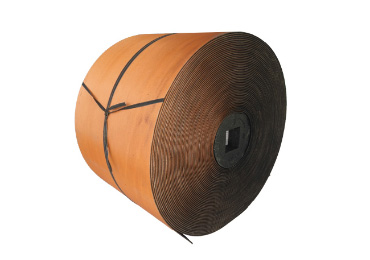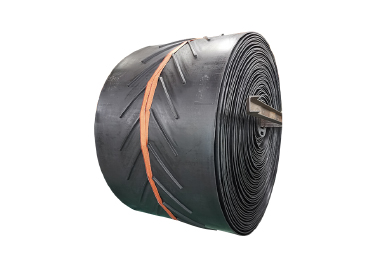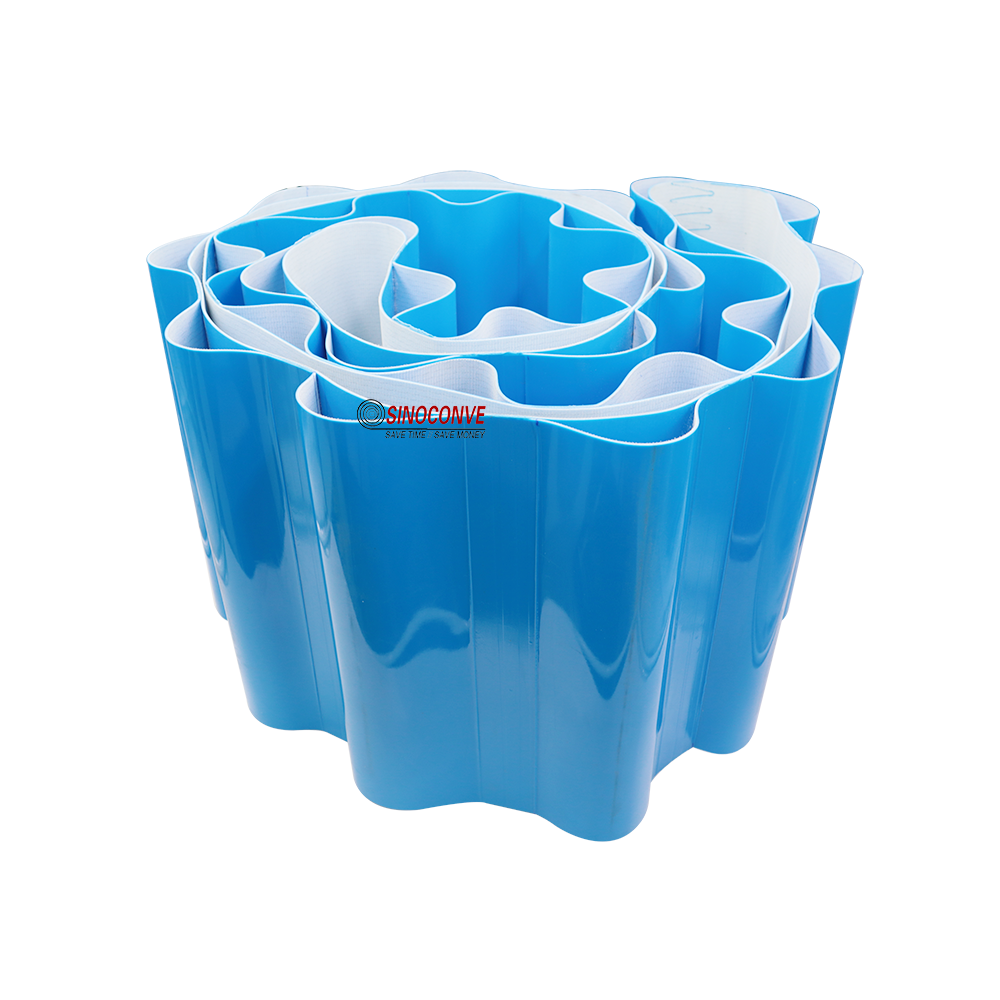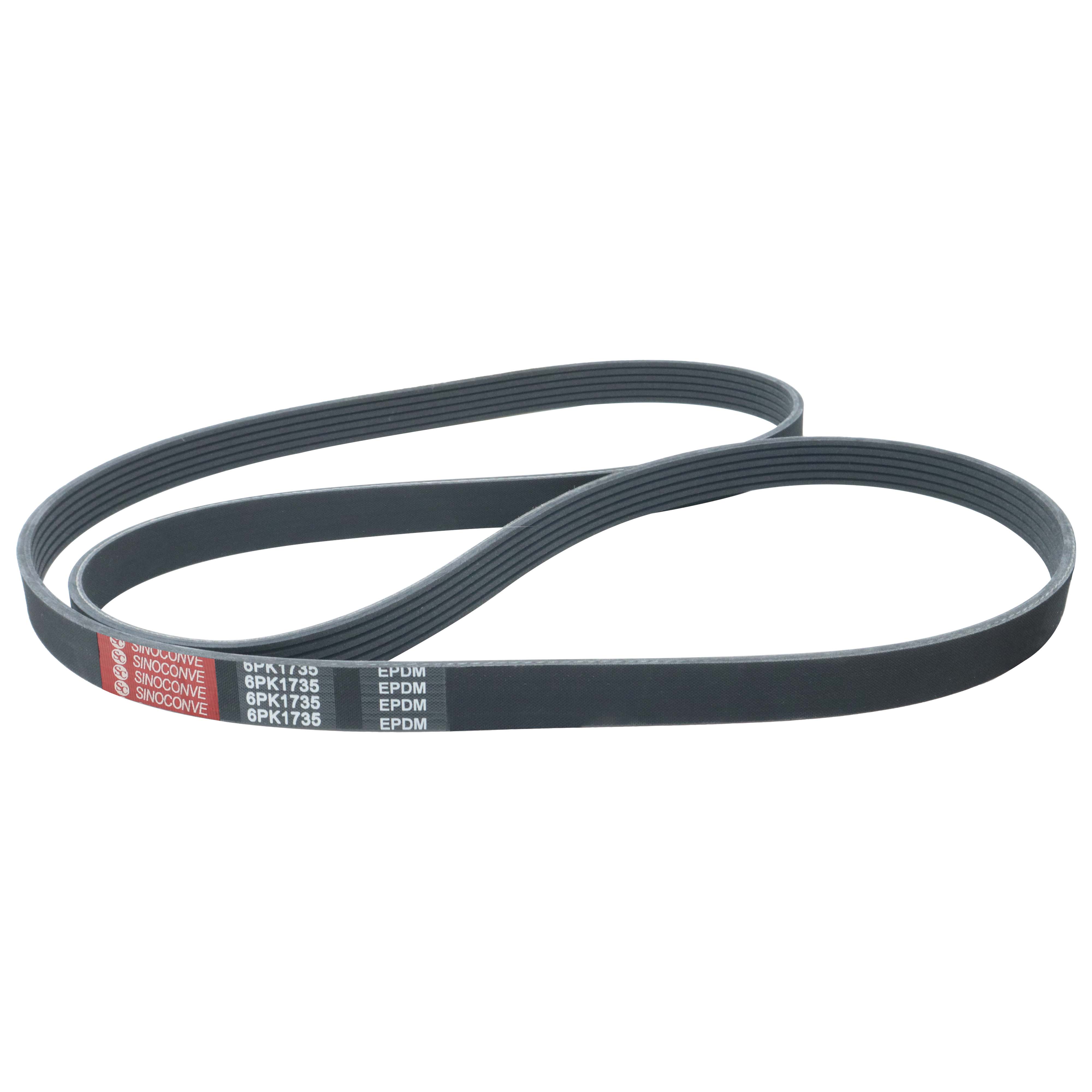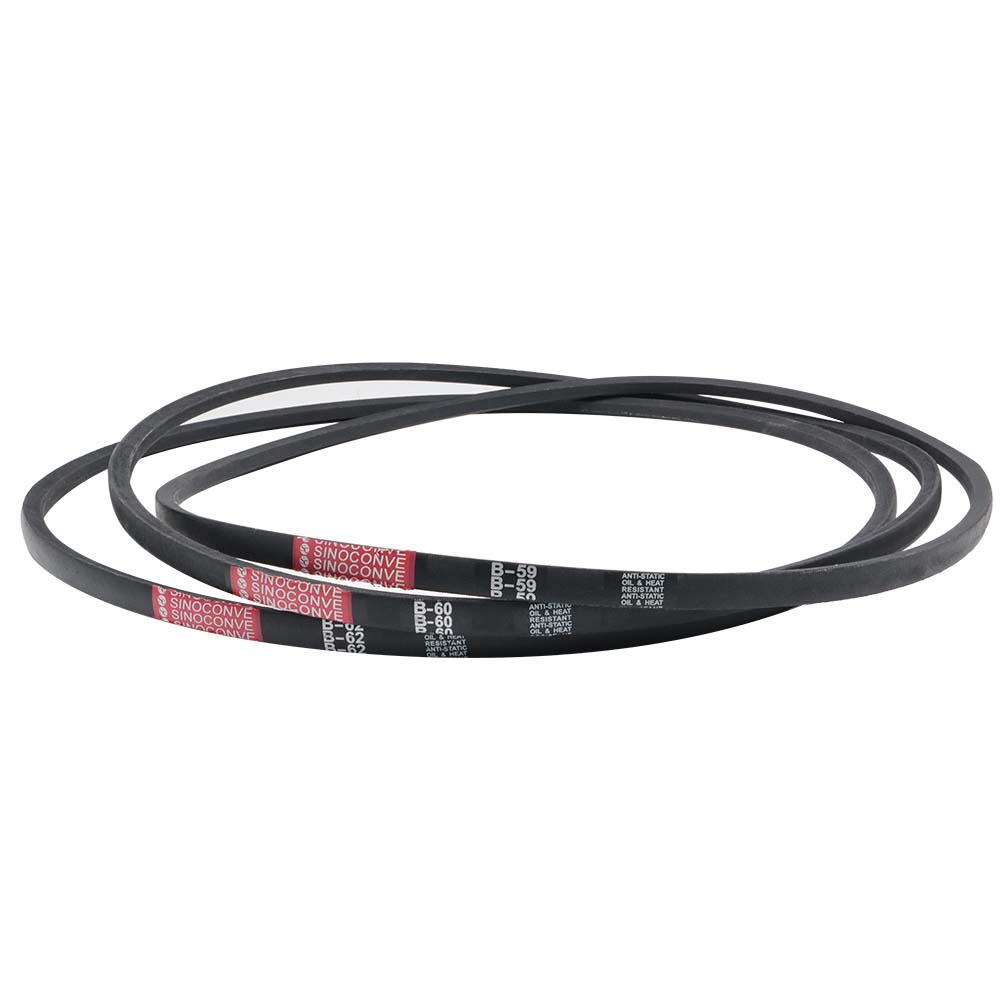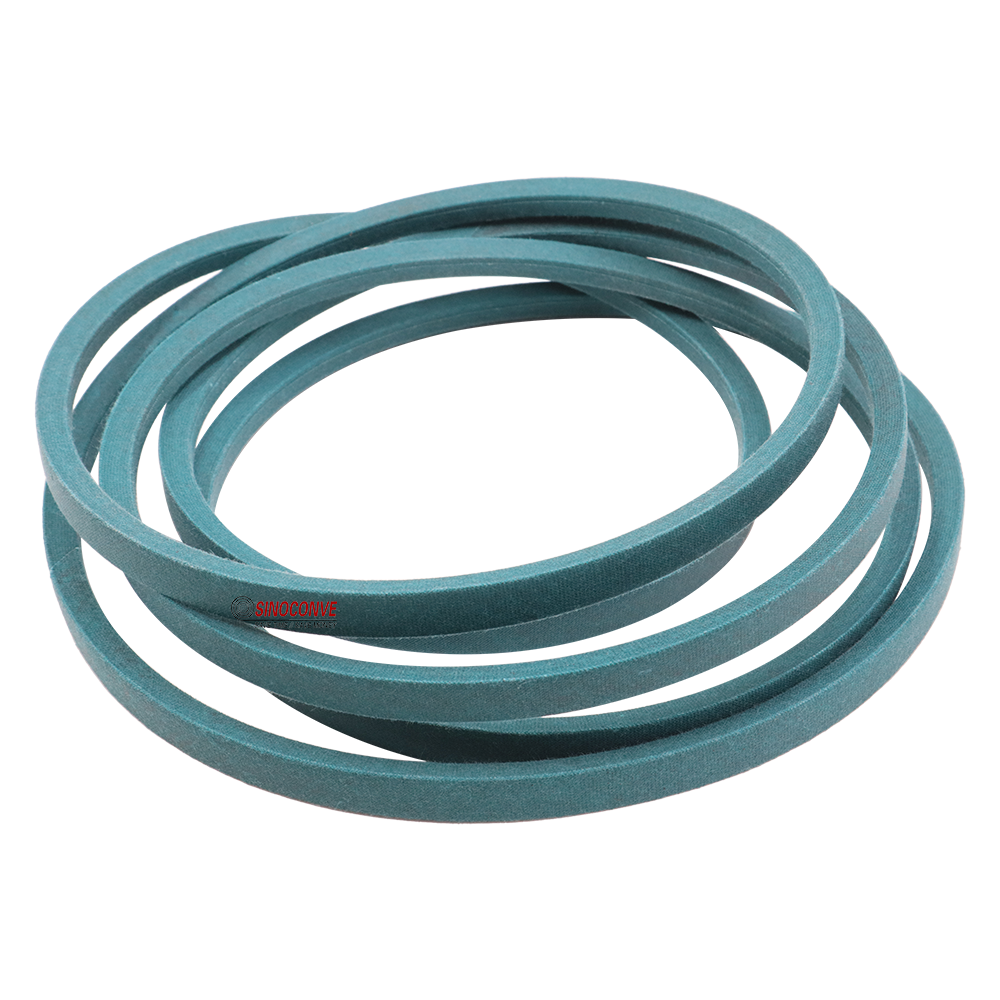Rubber Timing Belt Surface plays a crucial role in the efficiency and longevity of industrial machinery, serving as the interface that ensures smooth power transmission and minimal wear. This surface is the key element that determines how well a timing belt performs under various operational stresses, making it an essential consideration for engineers and manufacturers alike.
Understanding Rubber Timing Belts
Rubber Timing Belts are specialized components used in a wide array of machinery, from automotive engines to conveyor systems, where precise synchronization is required. These belts feature a core made from durable rubber materials that provide flexibility and strength, allowing them to handle repetitive motions without degrading quickly. The surface of a Rubber Timing Belt, often engineered with specific coatings, enhances grip and reduces friction, which is vital for maintaining accurate timing in high-speed applications. For instance, in manufacturing plants, Rubber Timing Belts help synchronize moving parts, preventing costly downtime due to misalignment or slippage. This technology has evolved significantly, with advancements focusing on material composition to withstand harsh environments.
Advantages of Coated Rubber Timing Belts
Coated Rubber Timing Belts take the standard design a step further by adding protective layers to the surface, which significantly boosts performance and durability. These coatings, often made from high-grade materials, offer resistance to oils, greases, and temperature fluctuations, making them ideal for demanding industrial settings. The coated surface not only improves the belt's aesthetic appeal but also provides an extra barrier against wear and tear, extending the overall lifespan of the equipment. In practice, this means reduced maintenance costs and fewer replacements, as the coating minimizes the risk of surface degradation. For example, in environments with frequent exposure to chemicals, a coated Rubber Timing Belt can maintain its integrity longer than uncoated versions, ensuring reliable operation over time. This innovation represents a fusion of functionality and protection, elevating machinery efficiency.
Applications and Maintenance Tips for Rubber Timing Belt Surfaces
In various industries, such as automotive and manufacturing, the Rubber Timing Belt Surface is critical for applications involving precise motion control, like in engines or robotic assembly lines. These belts must be regularly inspected to check for signs of wear on the surface, such as cracks or glazing, which could lead to performance issues if ignored. Proper maintenance, including timely replacement and ensuring correct tension, can greatly enhance the longevity of coated Rubber Timing Belts. Manufacturers often recommend using belts with advanced surface treatments to handle specific challenges, such as high heat or heavy loads, thereby optimizing overall system performance. By focusing on the quality of the Rubber Timing Belt Surface, businesses can achieve greater operational efficiency and reduce unexpected failures. Ultimately, investing in high-quality components like these not only improves productivity but also contributes to safer and more reliable machinery operations, making them a smart choice for forward-thinking industries.

